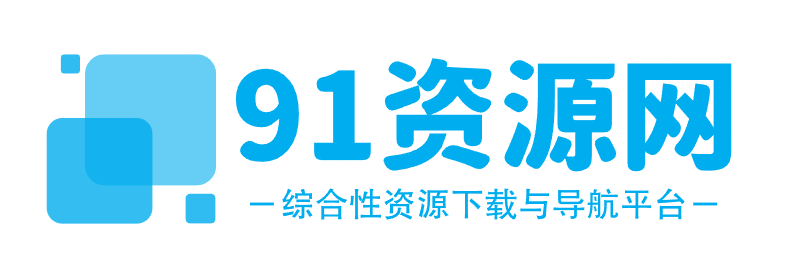并发编程中常用的设计模式有:executor:管理线程池并提交任务,简化线程管理。future:表示异步执行的任务,允许在任务完成前访问结果或取消任务。completablefuture:增强了 future,提供了更复杂的异步流程构建功能。semaphore:限制同时访问特定资源的线程数量,防止资源超载。threadlocal:为每个线程提供私有数据存储,避免线程安全问题。Java 框架并发编程中的常用设计模式
并发编程在 Java 框架中至关重要,需要有效地协调并行任务。以下是一些最常用的设计模式,可用于简化和有效实现并发代码:
Executor
立即学习“Java免费学习笔记(深入)”;
用途:管理线程池并提交任务。
好处:抽象了线程管理,提供了动态扩展和优化性能的方法。
示例:
ExecutorService executor = Executors.newFixedThreadPool(10);
executor.submit(() -> System.out.println("Task completed"));登录后复制Future用途:表示异步执行的任务。好处:允许在任务完成之前访问结果或取消任务。示例:Future
String result = future.get();登录后复制CompletableFuture用途:增强了 Future,提供了更多的并发功能,例如组合和转换任务。好处:允许轻松构建复杂的异步流程。示例:CompletableFuture
executor.submit(() -> {
String result = "Task result";
future.complete(result);
});登录后复制Semaphore用途:限制同时访问特定资源的线程数量。好处:防止资源超载并确保公平访问。示例:Semaphore semaphore = new Semaphore(10); // 允许 10 个线程同时访问
semaphore.acquire(); // 获得许可证
try {
// 访问资源
} finally {
semaphore.release(); // 释放许可证
}登录后复制ThreadLocal用途:为每个线程提供其自己的私有数据存储。好处:避免线程安全问题,轻松访问线程特定数据。示例:ThreadLocal
threadLocal.set("Thread-specific data");
String data = threadLocal.get();登录后复制实战案例:并发文件读取以下是一个使用 Executor 和 Future 模式读取文件的并发案例:import java.io.IOException;
import java.nio.file.Files;
import java.nio.file.Path;
import java.nio.file.Paths;
import java.util.List;
import java.util.concurrent.*;
public class FileLinesReader {
private static final int NUM_THREADS = 10;
public static void main(String[] args) throws IOException, InterruptedException {
Path path = Paths.get("input.txt");
ExecutorService executor = Executors.newFixedThreadPool(NUM_THREADS);
List<Future<List<String>>> futures = submitFileLinesProcessing(executor, path);
List<String> lines = collectFileLines(futures);
for (String line : lines) {
System.out.println(line);
}
}
private static List<Future<List<String>>> submitFileLinesProcessing(
ExecutorService executor, Path path) throws IOException {
List<Future<List<String>>> futures = new ArrayList<>();
for (int i = 0; i < NUM_THREADS; i++) {
futures.add(executor.submit(() -> Files.readAllLines(path)));
}
return futures;
}
private static List<String> collectFileLines(
List<Future<List<String>>> futures) throws InterruptedException, ExecutionException {
List<String> lines = new ArrayList<>();
for (Future<List<String>> future : futures) {
lines.addAll(future.get());
}
return lines;
}}登录后复制以上就是Java框架并发编程中有哪些常用设计模式?的详细内容,更多请关注php中文网其它相关文章!





MP6 天前
发表在:MagicEXIF通用注册机 v1.13明亮的 旅行分享! 做得真好。
BrendanWaida10 天前
发表在:11日20日,星期四,在这里每天60秒读懂世界!При выборе автономно...
JosephJaf12 天前
发表在:MagicEXIF通用注册机 v1.13我尊重这样的项目, 这里展示真正的旅游。...
Frankcic13 天前
发表在:11日20日,星期四,在这里每天60秒读懂世界!Для блога может быть...
Stevedaf22 天前
发表在:MagicEXIF通用注册机 v1.13所有文章都令人印象深刻。继续保持 真诚。...
Stevedaf22 天前
发表在:Intel XTU中文补丁 1.13我经常访问 关于旅行的资源。有趣阅读游记...
Stevedaf22 天前
发表在:MagicEXIF通用注册机 v1.13我常常想, 能像你们一样多旅行。感谢激励...
Stevedaf22 天前
发表在:Intel XTU中文补丁 1.13很高兴阅读 有用的内容。十分 很有意思。...
Stevedaf22 天前
发表在:MagicEXIF通用注册机 v1.13我早就想, 能像你们一样多旅行。谢谢启发...
Stevedaf23 天前
发表在:Intel XTU中文补丁 1.13我一直梦想, 那么放松地度假。感谢激励。...